In East China's Jiangsu province, an innovative gravity-based energy storage system showcases a novel approach. A 35-storey steel structure houses around 1,000 25-metric-ton gravity blocks, which are lifted using surplus renewable energy to store potential energy and then carefully lowered during periods of peak demand, converting gravitational potential back into electricity.
The project is capable of generating 100,000 kilowatt-hours of electricity within just a four-hour discharge period.
In addition to gravitational energy storage, Chinese engineers are also exploring a multitude of innovative energy storage solutions and constructing many large projects.
In Changzhou, Jiangsu province, air compressed in salt caverns 1,000 meters underground is used for energy storage. The heat generated is transferred to thermal oil and then the electricity is regenerated on demand.
The world's largest single-unit magnetic levitation flywheel energy storage project was also connected to the grid and began operations in January in Penglai, Shandong province. During energy storage, external electrical energy propels flywheel rotors to spin faster, thereby storing energy kinetically.
Recognizing the strategic importance of new energy storage in achieving national energy goals, multiple government departments have been collaboratively promoting the sector's healthy and orderly development.
According to an action plan jointly issued by the Ministry of Industry and Information Technology and seven other government departments, the new-type energy storage manufacturing sector is expected to demonstrate international competitive advantages across the entire manufacturing chain by 2027, with a greater number of leading enterprises.
China will also launch measures to speed up the upgrading of mature technologies such as lithium batteries and support disruptive technological innovations, it said.
Amid the backdrop, foreign investors are eyeing China's burgeoning energy storage economy. US automaker Tesla's Shanghai energy storage Megafactory, the first of its kind that Tesla has built outside the United States, commenced trial production of its Megapack batteries at the end of last year and exported its first batch of Megapack energy-storage batteries in March.
Megapack is an electrochemical energy storage device that uses lithium batteries, a dominant technical route in the new-type energy storage industry.
Tesla Vice-President Tao Lin said that China offers a complete industrial chain, huge market potential and a production and business environment crucial for enterprise growth.
As the industry's scale surpassed the 75 million-kW threshold, research and development efforts entered a phase of accelerated iteration driving continuous improvement and diversification, said Lin Boqiang, head of the China Institute for Studies in Energy Policy at Xiamen University.
Technological innovation in energy storage is also advancing at an equally rapid pace and this dynamic innovation ecosystem is crucial for sustaining the industry's rapid growth and ensuring its long-term competitiveness, he said.
Bian Guangqi, deputy director-general of the NEA's energy saving and technology equipment department, said the government will continuously encourage the diversified development of new energy storage technologies.
Furthermore, Bian highlighted the ongoing efforts to "accelerate the improvement of the new energy storage standard system and strive to promote innovation in the new energy storage sector".
Bian said that as China's new energy storage industry is developing rapidly, installed capacity of new energy storage nationwide as of end-February had exceeded 75 million kW.
In 2024, the equivalent utilization hours of new energy storage stood at approximately 1,000 hours, doubling that of 2023, effectively supporting the construction of new power systems, he said.
With competition rising in China's energy storage market, Chinese companies are accelerating their expansion into international markets, with a particular focus on emerging economies, said Sun Chuanwang, a professor at the China Center for Energy Economics Research at Xiamen University.
New energy power equipment maker Sungrow Power Supply signed three landmark energy storage contracts last year with Saudi Arabia's Algihaz Holding, becoming the world's largest grid-side storage order. Each project will have a capacity of 2.6 gigawatt-hours, totaling 7.8 GWh.
In addition, with technological advances, Chinese companies — including Huawei and Envision Group — have also secured major energy storage contracts around the world.
While installed capacity is rapidly increasing, the energy storage sector is also facing a series of challenges.
Regarding the current issue of the "price war" led by intense internal competition, Tian Qingjun, senior vice-president of Envision Group, said the price war not only affects the profit margins of companies, but also hampers the sustainable development of the energy storage sector.
Tian called for the industry to avoid irrational competition that harms sustainable development.
Bian said the administration will further promote the orderly development of new energy storage technology, while vigorously supporting technological innovation, continuing to encourage the diversified development of new energy storage technologies and accelerating the improvement of the new energy storage standard systems.








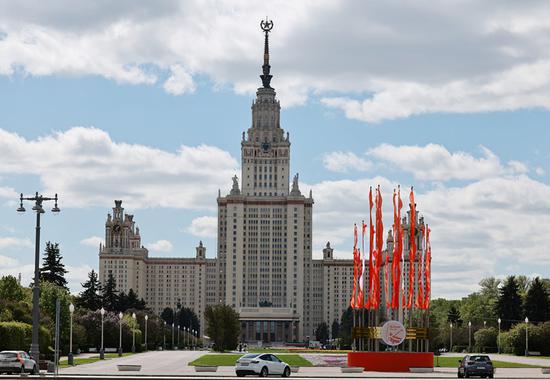




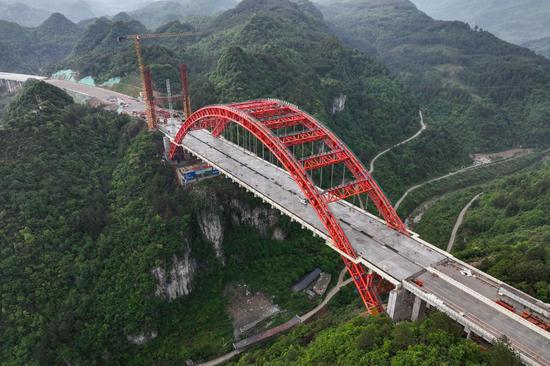
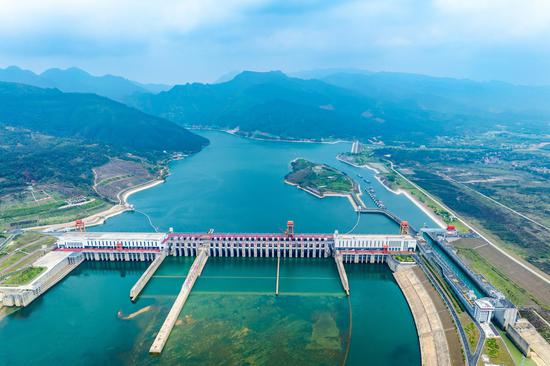
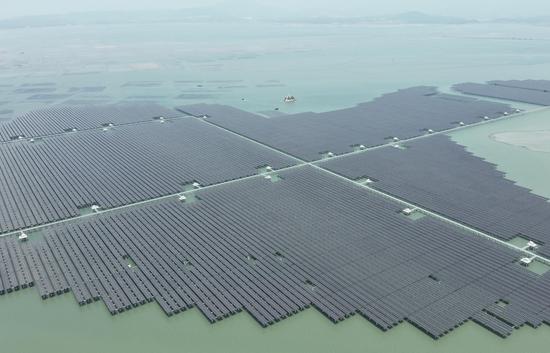
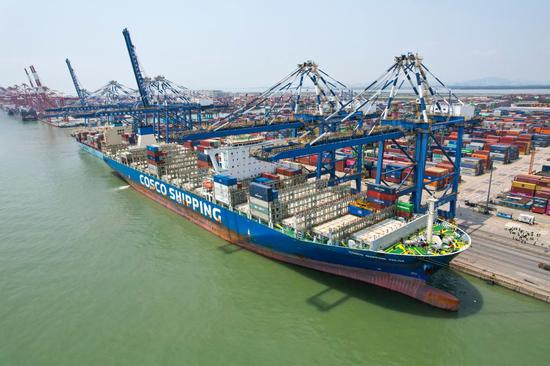
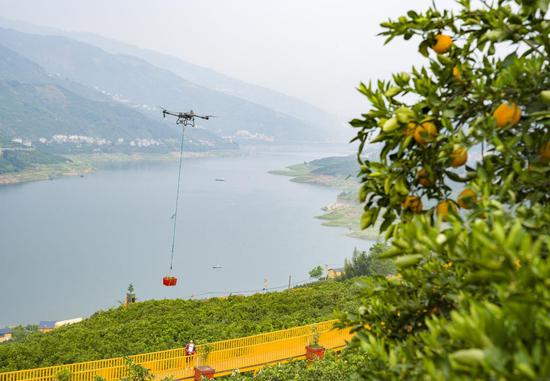
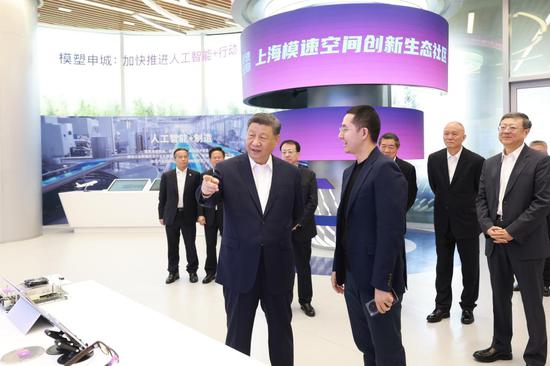





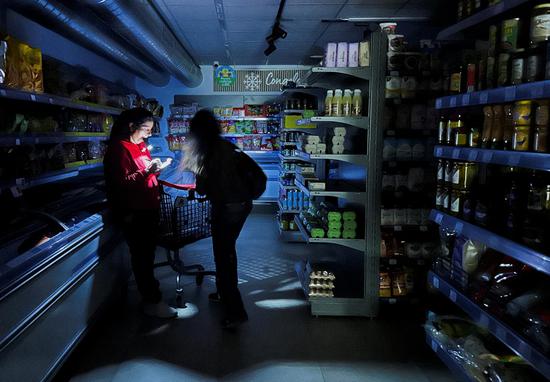




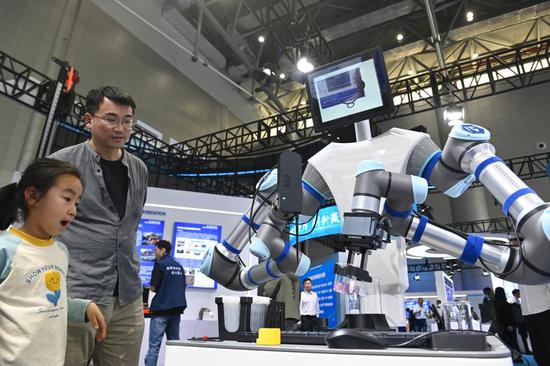






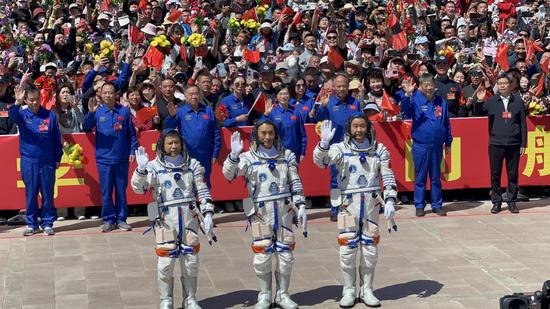
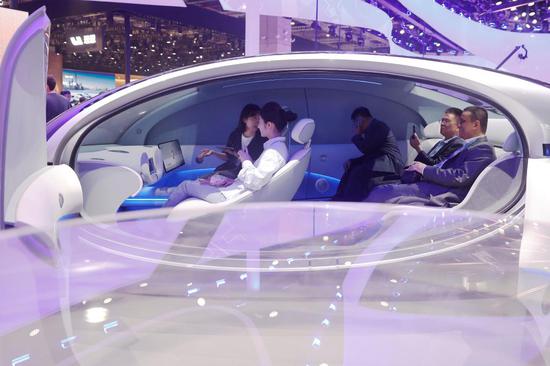

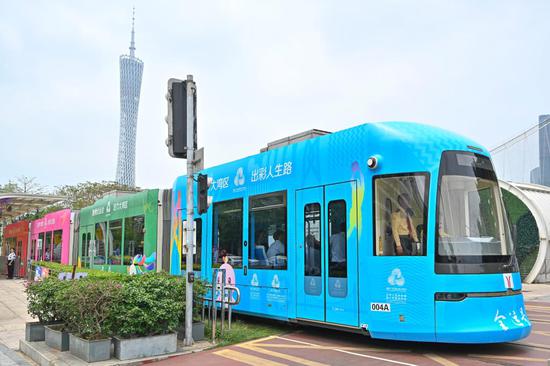








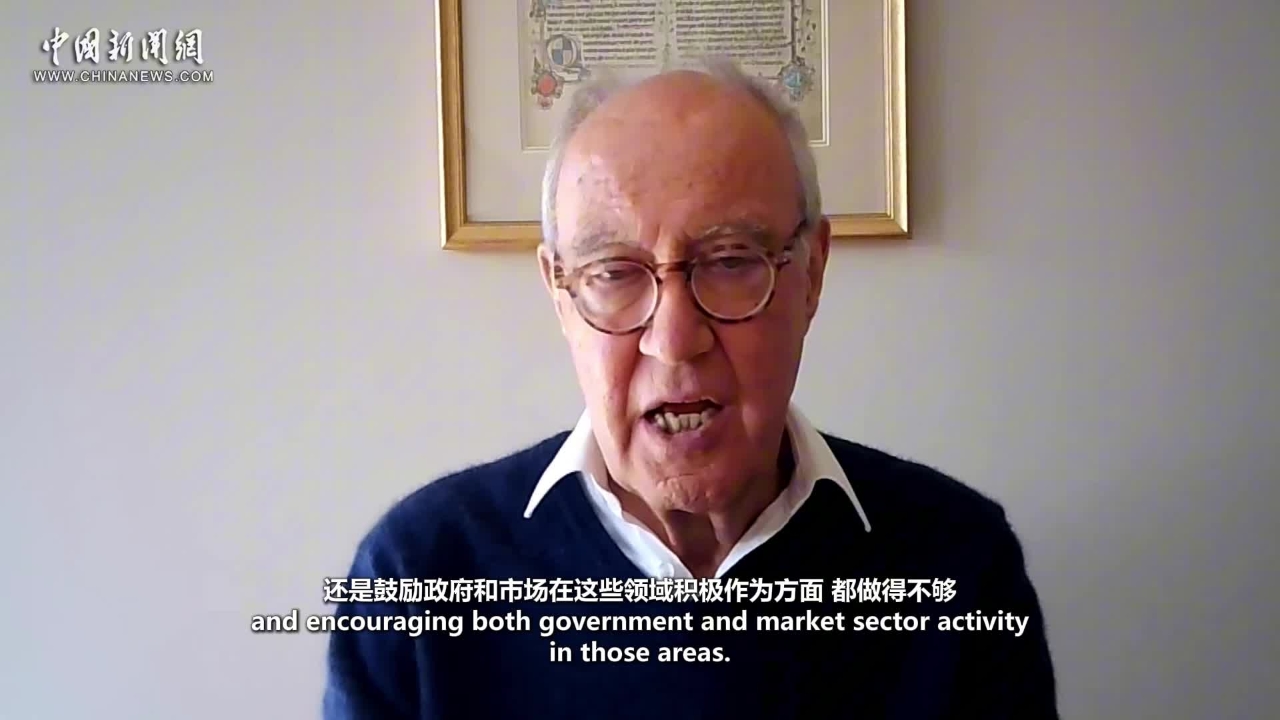

 京公網(wǎng)安備 11010202009201號
京公網(wǎng)安備 11010202009201號